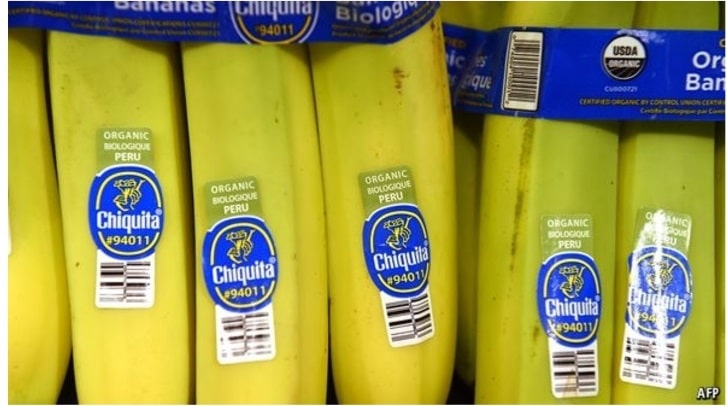Macroeconomics Gemba 10
Assignment 2
You are the CEO of a European-based company with an important market share in the US. Read the short companion article “How America’s border-adjusted corporate tax would work”, The Economist, February 13, 2017 and answer the following questions.
- 1. Using the AS-AD model and starting from a long term equilibrium of the US economy (denoted by A), show the short term effects (i.e. from A to B) of the possibile introduction of a border-adjusted tax. Discuss your rationale.
- 2. What is the likely path of the US interest rates both in the short (A to B) and medium term (i.e. when expectations start to adjust, from B to C), always assuming that the border-adjusted tax is passed and maintained in the corporate tax legislation.
- 3. What is the likely effect of the above adjustment for the US dollar? Why? (Hint: make reference to the uncovered interest rate parity)
- 4. Based on the effects above, how would you change (if any) your strategy in serving the US market if the border-adjusted tax will be passed?
- 5. Illustrate some of the reasons according to which the border-adjusted tax might create distortionary effects on trade flows, such to be declared illegal by the World Trade Organization in a two year horizon.
- 6. Describe what would happen to your equilibrium under 1-2 if the tax is cancelled.
The Economist explains
How America’s border-adjusted corporate tax would work
The plan was drawn up before Donald Trump was nominated as the Republican presidential candidate

THROUGHOUT his campaign for the presidency, and ever since he was elected, Donald Trump has called for a “big border tax” on imports. At first this was thought to mean conventional import tariffs levied on goods as they enter the country. But speculation is rife that his administration will instead adopt a plan penned by Republicans in the House of Representatives. This plan emerged before the protectionist Mr Trump had even secured his party’s nomination. The so-called “border-adjusted” corporate tax is backed by several economists on the left and the right—and not because they share Mr Trump’s suspicion of imported goods. How does it work?
Firms currently pay corporate taxes on their profits. Border-adjustment would change how those profits are calculated. Accountants could no longer deduct imports—say, goods brought in from China—as costs. And their exports would no longer count as revenues. For tax purposes, “profits” would be domestic sales minus domestic costs. Effectively, imports would be taxed, and exports would be subsidised. As a result, retailers, who stock their shelves with imported wares, are lobbying against the change. Exporters, such as the aerospace industry, broadly support it.
Yet economic theory is conclusive: unlike tariffs, border-adjustment should not affect trade. For arcane reasons, equally-sized import taxes and export subsidies should cancel each other out. This can happen in two different ways. The dollar might appreciate just enough that imports and exports end up costing the same as they did before the tax. Alternatively, American prices and wages would rise enough to undo the competitive advantage that border-adjustment confers. Some supporters like to compare the plan to a value-added tax (VAT), a kind of border-adjusted sales tax found in many countries. VATs do not distort trade, because they are levied equally on all sales, regardless of whether the goods changing hands were made at home or abroad. Economists can show that the House Republican plan has the same effect as abolishing the corporate tax altogether, introducing a VAT, and then cutting payroll taxes. VATs are thought to raise consumer prices; payroll tax cuts should boost workers’ pay packets. But a dollar appreciation could by itself achieve the necessary economic adjustment. And because the dollar, unlike prices and wages, moves constantly, proponents think that currency markets are where most of the adjustment would take place.
Nobody knows for sure what would happen in reality. If the economy failed to adjust, importers would pay a lot more tax, and exporters would get a windfall. Any adjustment would be painful. To offset a border-adjusted tax of 20%—the rate favoured by House Republicans—the greenback would need to rise fully 25%, enough to destabilise emerging markets burdened with dollar-denominated debts. If the dollar stayed put and wages and prices rose 25% instead, the Federal Reserve would have to decide how to respond to an unprecedented surge in inflation. Why tolerate such disruption? Border-adjustment would greatly reduce the incentive for firms to shift profits around for tax reasons. If companies sold their goods in America, they would have to pay taxes there, even if their intellectual property was owned in, say, Ireland. Border-adjustment would also raise a lot of money for the government in the short-term (though in the long-run, it might drain the coffers). There are probably easier ways to achieve similar goals. But none would come with the added benefit of seeming to fulfil Mr Trump’s protectionist promise.


